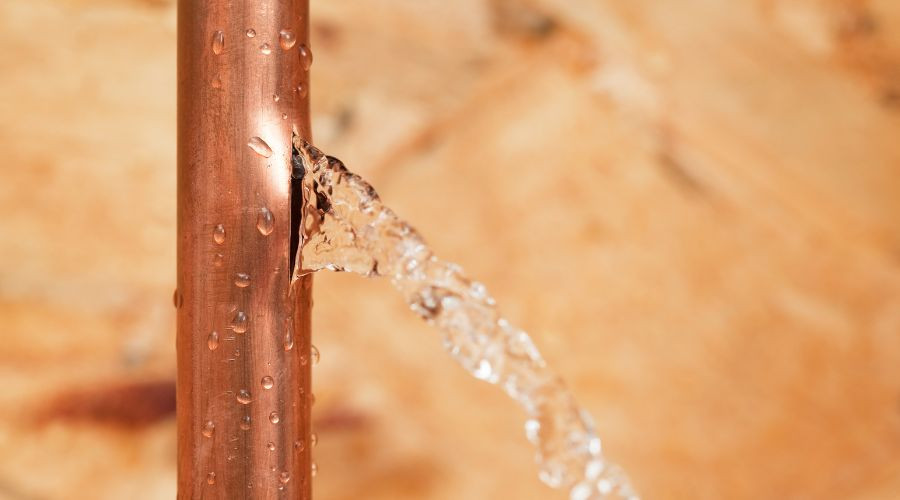Signs of Water Leaks
Water leaks, when left undetected, can lead to expensive repairs and unnecessary stress. Many homeowners are familiar with the surprise of high water bills or unexpected damp areas in their homes. Identifying the source of a leak early helps protect the property and prevent extensive damage. Below are clear, actionable steps to identify and address hidden leaks before they escalate.
High Water Bills
A sudden spike in the monthly water bill is often one of the first signs of a hidden plumbing issue. Significant increases, especially those above 20%, can signal that water is escaping somewhere in the system without any visible evidence. Comparing the current bill to the same month in previous years offers a more accurate view, as seasonal usage can vary.
In many cases, leaks can go unnoticed while steadily increasing water consumption. Even without signs of visible damage, the effects can be costly. Addressing high usage early helps prevent structural damage from moisture accumulation behind walls, under floors, or around foundations.
When high bills are accompanied by musty smells or unexplained soft spots in the home, it’s recommended to consult a licensed plumber within 48 hours. Prompt repairs not only reduce waste but can prevent thousands of dollars in restoration costs.
Other Signs of a Leak
 Beyond billing concerns, several physical and audible indicators can point to hidden leaks. Reduced water pressure from faucets or showerheads often signals water loss within the plumbing system. If the sound of running water is heard when all fixtures are turned off, water is likely escaping through a damaged or leaking pipe.
Beyond billing concerns, several physical and audible indicators can point to hidden leaks. Reduced water pressure from faucets or showerheads often signals water loss within the plumbing system. If the sound of running water is heard when all fixtures are turned off, water is likely escaping through a damaged or leaking pipe.
Visual signs can also alert homeowners to potential problems. Mold growth along baseboards or in damp corners may stem from hidden moisture. Discoloration on walls, ceilings, or floors, often in shades of brown or yellow, is another common symptom of prolonged exposure to water.
Additional warning signs include warped flooring, peeling paint, or soft drywall. These suggest structural damage caused by prolonged exposure to moisture. Persistent musty odors in otherwise dry areas also warrant investigation. Detecting these problems early can help avoid significant property damage and reduce the risk of mold-related health issues.
Use the Water Meter
 A home's water meter provides a straightforward way to detect leaks that may not be visible. Many property owners overlook this tool, but it provides valuable insight into potential water loss.
A home's water meter provides a straightforward way to detect leaks that may not be visible. Many property owners overlook this tool, but it provides valuable insight into potential water loss.
To perform a basic meter test:
- Turn off all indoor and outdoor water sources, including appliances and irrigation systems.
- Locate the water meter, typically near the property line in a covered box.
- Record the current reading and wait one to two hours without using any water.
- Check the meter again. Any movement indicates a possible leak in the system.
Many meters also include a leak indicator, often a small spinning dial that moves even with minimal water flow. If it spins despite all water being shut off, a hidden leak is likely.
When meter readings suggest continuous flow or when other warning signs are present, it’s best to contact a licensed plumber. Professional leak detection ensures accurate diagnosis and timely repairs, preventing water waste and safeguarding the home from further damage.
About Hancock & Son Plumbing, Heating, and Air Conditioning
Hancock & Son Plumbing, Heating, and Air Conditioning is a locally owned and operated company offering reliable, expert service for homes and businesses. As a one-stop resource for plumbing, air quality, heating, and cooling, the team delivers expert workmanship, honest advice, and dependable results. Every job is backed by professional care and a commitment to prompt, quality service. Call them for expert water leak detection in Salisbury, MD.



